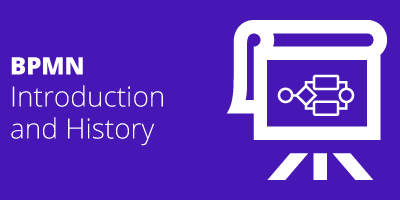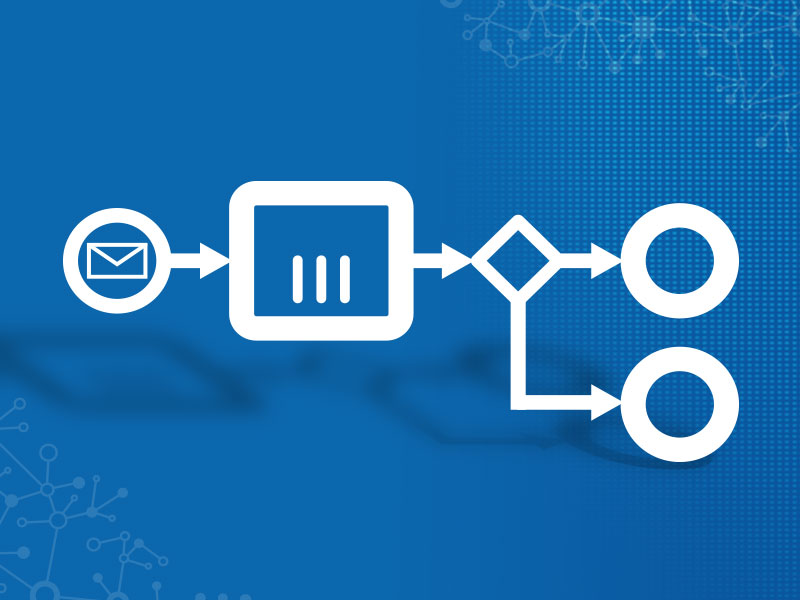
Making someone understand the business process by verbal speech is quite cumbersome and daunting. Verbally, explanations don’t work easily, especially when the business process is complex. The difficulty level increases further when the process has multiple steps to follow and each step needs to be implemented carefully. This is where the concept of BPMN (Business Process Modeling Notation) comes to the rescue.
BPMN is one of the most important tactics several businesses around the world implement. It’s helpful not only for the business experts to define and understand the process further but also for the employees and the clients.
However, to implement BPMN, one needs to understand the concept in detail. And that’s what the article will talk about. In the following sections, every single thing related to BPMN will be explained further in brief so that all the business owners can understand how important the tactic is and how it can help the business.
What is BPMN?
BPMN or Business Process Modeling Notation is a type of visual graphics with which one can describe an entire business process. The description usually covers the key features like the functioning of the business process, its goal, how it needs to be implemented, the conflicts that might arise, and so on.
Since BPMN is designed in terms of flowcharts, every detail can be included in a simpler way. It explains the flow of control from the beginning to the end. BPMN can also explain the conflicts and the possible resolutions in a predictable way.
Elements to be Included in the BPMN Model
Understanding BPMN can be quite difficult for an individual, especially when one doesn’t know how to design a flowchart. That’s why in this section, the light will be shed on the elements that are usually used in BPMN flowcharts and visual graphics.
Swimlanes
It is a graphical representation using which processes and the components of each process are explained. A huge rectangle is divided into pools and lanes. Pools represent different business processes. For example, if Pool is for the Design and Development process, Pool 2 will focus on the Budgeting process.
Lanes come under each pool. These represent the teams involved in each pool. For example, if two teams are working for Pool 1, i.e. Design and Development, two lanes will be notified under the first pool as Lane 1 and Lane Now, if the two teams are further subdivided, each lane will have further bifurcations.
Flow Structures and Elements
These are the basic elements that need to be included in the flowcharts. Flow elements form the connections and define the events of the business process under consideration. Three different kinds of flow elements are present: Activities, Events, and Gateways.
- Activities are represented by round-cornered rectangles. All the tasks that need to be performed in the business process are included in the Activities element like “Check Result”, “Test Design”, “Attend Calls”, and others.
- Events are considered as stimuli that can have an impact on the business processes. These stimuli can be internal or external, based on the type of events one is considering. Circles are used to describe the Events which might have an impact on the process.
- Gateways are described via diamonds. These are used when a decision has to be made based on a condition. These gateways serve as the controlling factors which decide in which direction the business process will flow after the evaluation of the condition.
Flow Connections
The different flow structures need to be connected with each other. These connections are established using bold, solid lines with an arrowhead. The arrow represents in which direction the flow will go. For example, let’s say two task blocks are there. One represents “Choose Dresses” and the other one will indicate “Add to Cart”.
Now, the line needs to be drawn between these two task blocks, with the arrowhead pointing towards the task of “Add to Cart”. It is because a customer will first choose the apparel and then add them to the cart. The lines used to represent connections between the flow structures are named Sequential Flows.
Another type of flow connector is present. It’s known as Message Flows. These are represented in dotted lines with the arrowhead pointing towards the flow of the business process. However, the Message Flows are used to connect the pools and describe how they will interact with each other.
What are the Benefits of Bpmn for a Business?
Now that the major BPMN elements have been described, the discussion’s flow must move further. Before implementing the flowcharts for explaining a certain business process, it will be better to know about the benefits of this concept. In the following section, the advantages of BPMN have been discussed in brief.
- BPMN helps the technical teams like developers and designers to understand the business requirements. With proper communication and understanding, the works will be completed before the deadline with minimal glitches.
- Decision-making processes become easier with BPMN. As conditions are included in the business process diagram, it will help experts to evaluate the condition and take the necessary decision. As a result, the business will be able to operate faster.
- One can explain the changes in a business process easily with BPMN. Also, it will become easier to assess the impact of the changes and how the conditions and tasks need to be changed accordingly. In addition, BPMN will also help a business to implement the changes quickly.
- BPMN also helps in improving the communication between different teams and departments involved in a pool. With the implementation of BPMN, one can explain how the communication needs to happen and between which lanes/teams.
- A business process can be customized as per the requirements of the stakeholders and the clients. It allows the business owners to make the changes and quickly adapt to the new process flows without any hassle.
- Lastly, with the help of the BPMN concept, results can be analyzed correctly. As a flowchart will be drawn to explain the business process and evaluate the decisions, the results can be predicted with more accuracy.
Conclusion
BPMN might sound to be difficult for designing and implementation. But if one has complete knowledge about the flow elements and what each of them represents, drawing the visual chart will become easier. Moreover, one can master the skills of implementing BPMN with practice over time.







